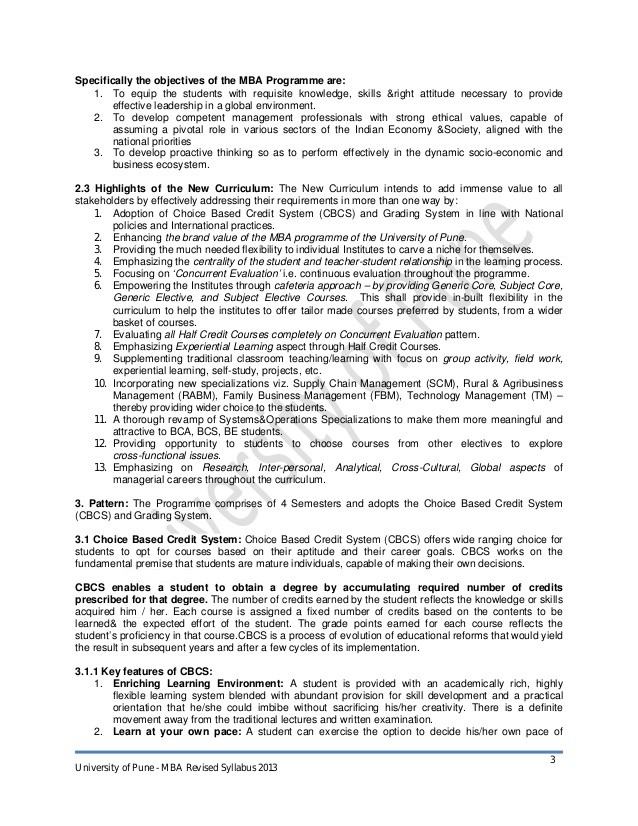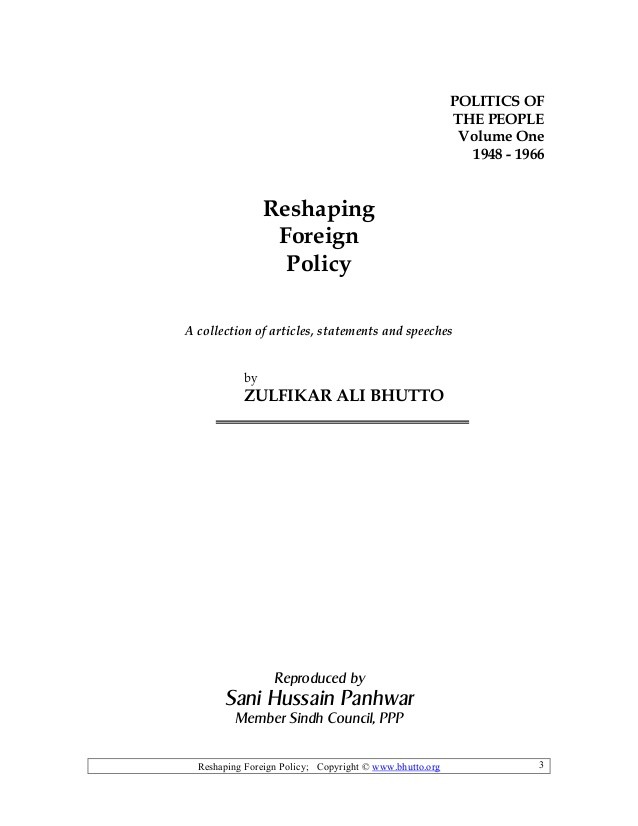The Illusion Of Diversification The Myth Of The 3 Investors Grievances Market Dhara Web Site
Post on: 16 Март, 2015 No Comment

Home Investors Grievances The Illusion Of Diversification: The Myth Of The 3
1/11/2012 1:18:41 AM
Administrator
Posts: 562
Jim Cramer, the star of CNBC’s Mad Money use to do a segment called Am I Diversified? in which viewers would call in, give Cramer their top five holdings and Cramer would let them know if they were well diversified. The idea of five stock diversification is absolutely amazing and mostly refuted by the stock picking community, which tends to believe the number of individual stocks needed to be diversified is actually closer to 30. While 30 is no doubt better than five, it just isn’t good enough. TUTORIAL: Risk and Diversification
Where does the magical number 30 come from?
In 1970, Lawrence Fisher and James H. Lorie released Some Studies of Variability of Returns on Investments In Common Stocks published in The Journal Of Business on the reduction of return scattering as a result of the number of stocks in a portfolio. They found that a randomly created portfolio of 32 stocks could reduce the distribution by 95%, compared to a portfolio of the entire New York Stock Exchange. From this study came the mythical legend that 95% of the benefit of diversification is captured with a 30 stock portfolio. Of course, no self respecting stock jock would tell people they create a random portfolio so the investment managers adjusted this to We pick the best 30 and achieve max diversification at the same time. In this statement they are essentially saying, we can capture the return of the market and capture the diversification to the market by picking the 30 best stocks, and they often use the something like Figure 1 to prove their claims. Unfortunately, neither point is really true. (For more on creating a diversified portfolio, check out Introduction To Investment Diversification .)

Figure 1: Total portfolio risk as a function of the number of stocks held (%)
The Reduction of Risk Is Not the Same as Increasing Diversification
The Fisher and Loire study was primarily focusing on the ‘reduction of risk’ by measuring standard deviation. The study was not actually about any improvements in diversification. A more recent study by Sur & Price addressed the short comings of the Fisher and Loire study by using proper diversification measurements. Specifically, they looked to r-squared which measures diversification as the percent of variance which can be attributed to the market as well as tracking error which measures the variance of portfolio returns versus its benchmark. The results of their study, Table 1, clearly shows that a portfolio of even 60 stocks captures only 0.86 or 86% of the diversification of the market in question.
Table 1: Risk and Diversification Measures for Portfolios of Various Sizes 1/96 – 6/99














